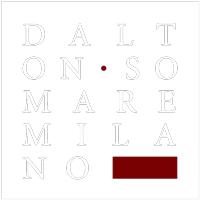Kunzang Akor
Tibet 14th cent.
Copper alloy
38 cm
Provenance
Private Collection, Oregon, 1997
Christie’s, New York, March 2014
Private Collection, Milano
Publications
Himalayan Art Resources, item n° 30578
The figure is seated in dhyanasana mudra on double lotus cushion with his hands resting on his lap. He is dressed in a close-fitting dhoti with a chest adorned with multiple necklaces inlaid with copper. Lotus blossoms at the sides of the arms supporting a svastika and a vase. The expression of the face is peaceful and serene and the downcast eyes express concentration. Elaborate and foliated earrings contour the face and the head wears a tall tiara which partially covers the hairs arranged in a wide chignon. This bronze sculpture is among the best existing images of a Bon Deity and a glimpse into the believes in Tibet before the arrival of Buddhism in the 8th century. The interaction between Bon and Buddhism in Tibet led to changes in both religions Some Bon deities were integrated into the Buddhism pantheon while Bon priests adopted monastic practices, The deity Kunzand Akor is the meditational form of Shenla Okar. He is generally recognised by the svastika and the vase at the shoulder, as well as the Tibetan letter A placed on the chest at the level of the heart (this latter not present in the current example). While in Tibetan Buddhism it is a common practice to have a painting made in in memoriam, in the Bon Religion it is more meritorious and considered of greater spiritual value to commissioning a sculpture, especially that of Kunzang Akor.



